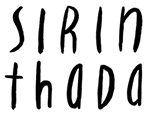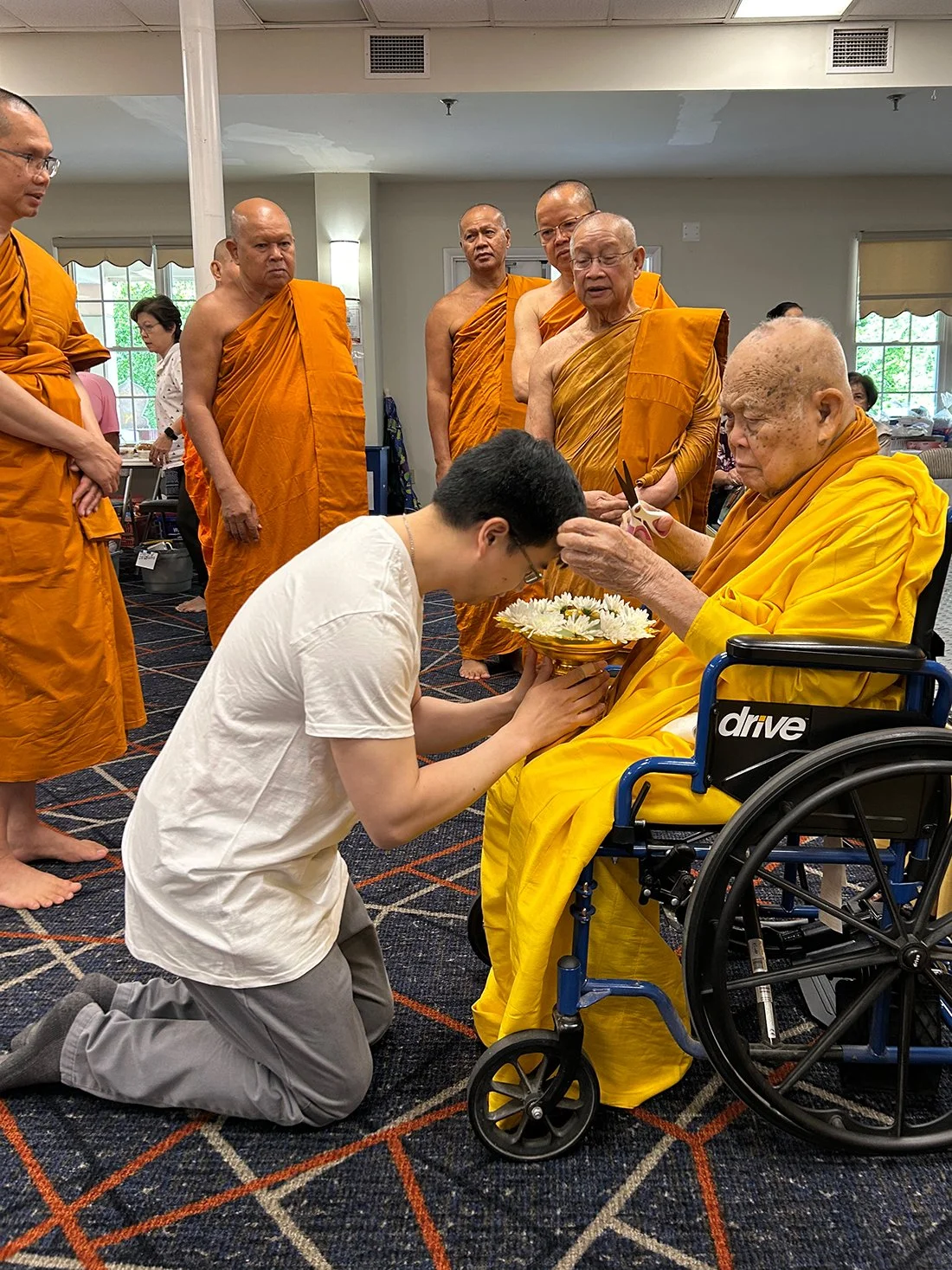NYC summers can be quite sticky and oppressive—and on those days, I pretty much live in my cotton block print dresses from India.
I particularly love Bagru prints. They were granted a Geographical Indication tag from the United Nations’ World Intellectual Property Organization in 2024, which officially recognizes their local heritage and unique characteristics. The dyes used are derived from natural sources like plants and minerals: true indigo for blue, madder root for red, and iron filings for black.
Artisans use hand-carved blocks to apply the dye directly to fabric, and they also use resist techniques—for which Bagru is especially known. This "Dabu" method is a mud-resist process, where the wooden blocks are dipped into a paste of clay, gum, and wheat powder, and pressed onto the fabric. The paste prevents the dye from penetrating, creating a pattern when the fabric is dyed.
A kaftan I own, featuring a Bagru print using Dabu resist method.

















